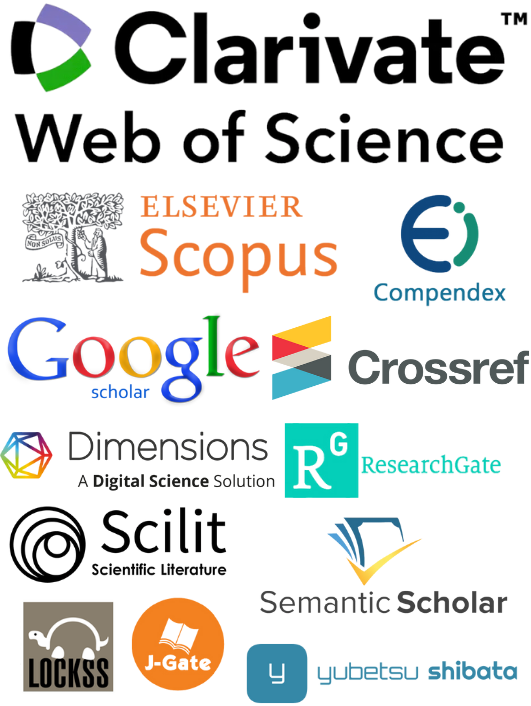Scroll, Like, Remember: The Role of Micro-Content in Reimagining Folk Traditions for Gen Z Audiences
DOI:
https://doi.org/10.71222/j6ag5864Keywords:
cultural memory, digital heritage, participatory culture, platform affordancesAbstract
In the age of algorithmic media, short-form video platforms such as Douyin, Bilibili, and Kuaishou have emerged as influential spaces for reimagining folk traditions in contemporary China. This study examines how micro-content—brief, highly stylized digital videos—serves as a dynamic medium through which Generation Z engages with intangible cultural heritage. Drawing on theories of cultural memory, media aesthetics, and participatory culture, we analyze a sample of 100 short videos across major Chinese platforms to explore the visual, narrative, and affective strategies used to mediate folk practices. Our findings reveal three dominant dynamics: first, the hybridization of traditional content with popular digital aesthetics; second, the compression of cultural memory into symbolic fragments optimized for attention economies; and third, the emergence of emotionally resonant viewer interactions that reframe heritage as a shared, affective experience rather than a linear historical narrative. Rather than dismissing these forms as superficial, we argue that micro-content platforms facilitate new modes of mnemonic participation, enabling youth to access and reinterpret tradition in ways that align with their media fluency and cultural imaginaries. This article contributes to broader debates on digital heritage, memory, and the mediation of culture in platformized environments, offering a critical perspective on how tradition survives and evolves in the scrollable present.
References
1. B. Burkey, "From bricks to clicks: How digital heritage initiatives create a new ecosystem for cultural heritage and collective remembering," J. Commun. Inquiry, vol. 46, no. 2, pp. 185-205, 2022, doi: 10.1177/01968599211041112.
2. I. Siliutina, et al., "Cultural preservation and digital heritage: challenges and opportunities," Amazonia Investiga, vol. 13, no. 75, pp. 262-273, 2024, doi: 10.34069/AI/2024.75.03.22.
3. C. Bareither, "Capture the feeling: Memory practices in between the emotional affordances of heritage sites and digital me-dia," Memory Studies, vol. 14, no. 3, pp. 578-591, 2021, doi: 10.1177/17506980211010695.
4. E. Stainforth, "Collective memory or the right to be forgotten? Cultures of digital memory and forgetting in the European Union," Memory Studies, vol. 15, no. 2, pp. 257-270, 2022, doi: 10.1177/17506980211044707.
5. Y. Hou, et al., "Digitizing intangible cultural heritage embodied: State of the art," J. Comput. Cultural Heritage, vol. 15, no. 3, pp. 1-20, 2022, doi: 10.1145/3494837.
6. L. Zhang, et al., "Digital Presentation and Interactive Learning for Intangible Cultural Heritage Preservation Using Artificial Intelligence," IEEE Access, 2025, doi: 10.1109/ACCESS.2025.3588520.
7. S. Mandolessi, "The digital turn in memory studies," Memory Studies, vol. 16, no. 6, pp. 1513-1528, 2023, doi: 10.1177/17506980231204201.
8. H. Shim, et al., "Heritage values, digital storytelling, and heritage communication: the exploration of cultural heritage sites in virtual environments," Digital Creativity, vol. 35, no. 2, pp. 171-197, 2024, doi: 10.1080/14626268.2024.2313585.
9. S. Modrow and T. Youngman, "Theorizing cultural heritage informatics as the intersection of heritage, memory, and in-formation," Proc. Assoc. Inf. Sci. Technol., vol. 60, no. 1, pp. 666-671, 2023, doi: 10.1002/pra2.836.
Downloads
Published
Issue
Section
License
Copyright (c) 2025 Qiuying Li (Author)

This work is licensed under a Creative Commons Attribution 4.0 International License.


